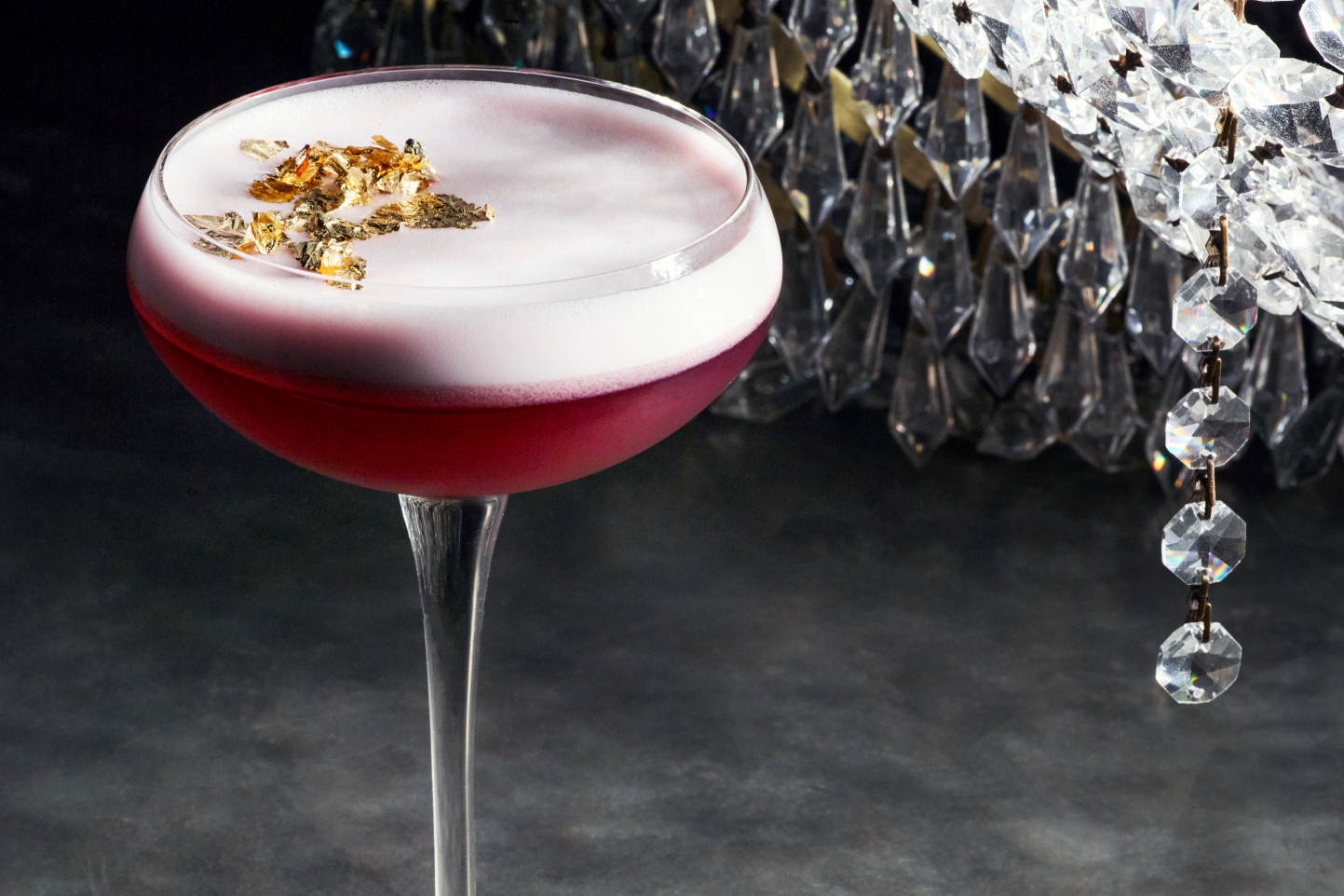
Cocktails come in an infinite variety of flavors and ingredients. What spirits to use? What type of cocktail glasses? But one basic element that’s often overlooked is color. How would crafting cocktails based on the idea of color work? We spoke to Charlotte Voisey, an award-winning mixologist at Two Fifteen, a cocktail bar located in PUBLIC, a hotel in New York, to learn all about this concept. Currently the Global Head of Ambassadors for William Grant & Sons with experience at Gramercy Park Hotel and Dorchester Hotel, Voisey has created an intriguing lineup of colorful cocktails at two fifteen.
“I loved the idea of stunning drinks of vibrant colors contrasting with the dark, sexy interior of the bar,” said Voisey. “It was also a subtle nod to when a cocktail in a bar becomes beloved and referred to as ‘the red one.'”
How to craft cocktails based on colors

At two fifteen, there are four color-themed cocktails: Crimson (Red), Last Word (Green), Imperial Classes (Purple), and Paper Plane (Orange). Why these colors? “I could have gone on!” Voisey explained. “The challenge for a cocktail menu like this is sometimes choosing what to cut and save for next time as ideas flow fast. Red, green, purple, and orange are all vibrant, strong colors and were the first to come to mind.”
Each of these cocktails taps into a specific flavor profile inspired by the color palette. The Imperial Classes (Purple) is a spin on the pisco sour, combining red wine and butterfly pea flower to achieve the color. The Crimson (Red) is all about freshness, highlighting watermelon, lime, and Campari with Milagro tequila. The Last Word (Green) is herbaceous, possessing a brightness that matches its green color. This cocktail has an intriguing umami flavor that’s thoroughly unique. Finally, the Paper Plane (Orange) blends Monkey Shoulder Scotch, vanilla bitters, Aperol, Amaro, and lemon for a dry yet refreshing drink.
While cocktails, in general, are all about finding the right flavor balance, when color becomes a central factor, it adds an interesting element to cocktail creation. For Voisey, some of her favorites are delicate spirits combined with fresh fruit and herbs. Champagne is another favorite. An ingredient might be a good flavor pairing, but would it change the color so much that it throws off the cocktail’s central premise? At the same time, the parameters of a color restriction can be invigorating for creativity.
“A certain color will instantly inspire a range of ingredients to pick from, and invariably, within that, there are natural combinations that go together,” explained Voisey. “The same rules apply when it comes to balancing nuance of flavor, sweetness, acid, and intensity, as for any other well-made drink.”



